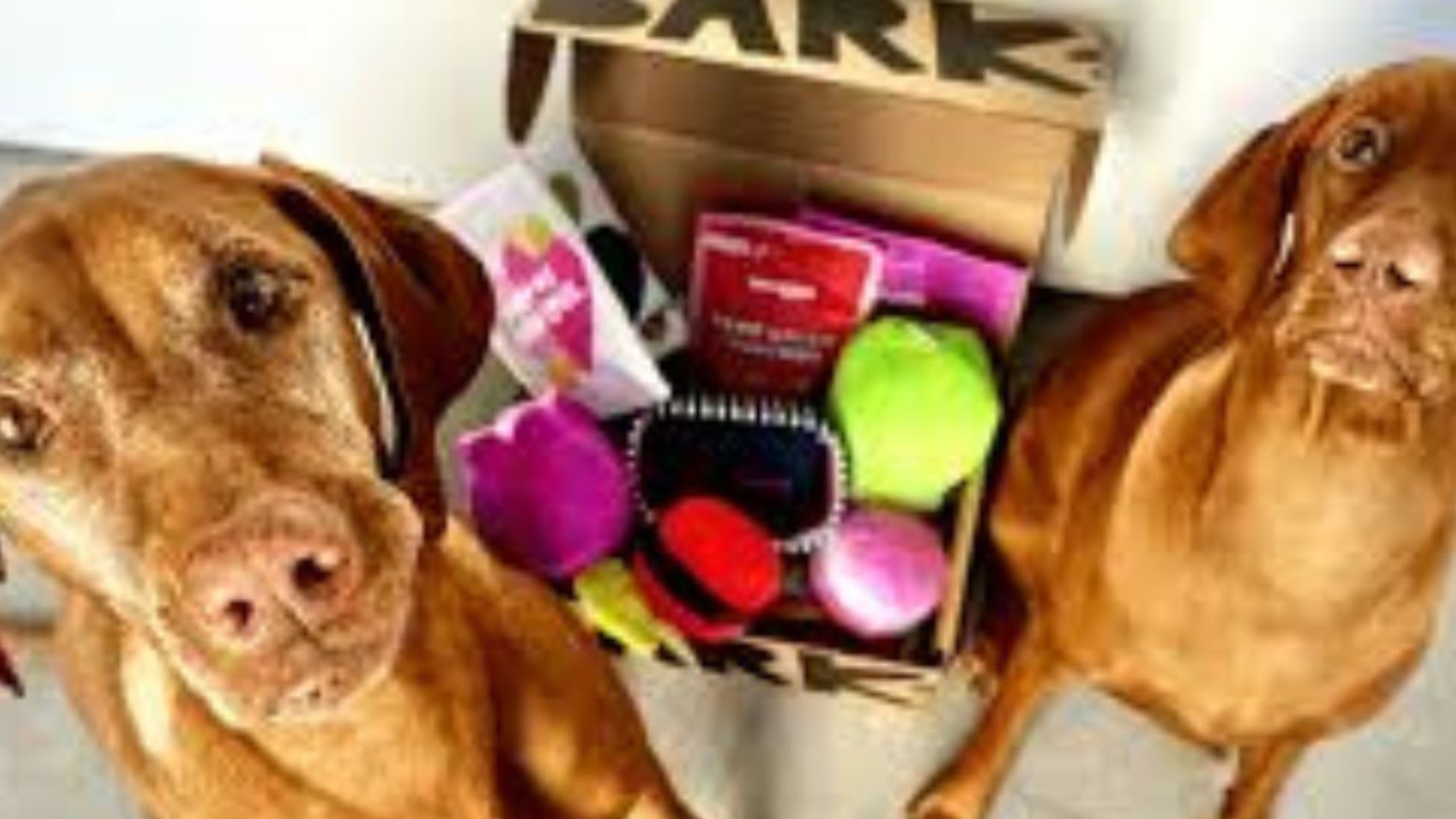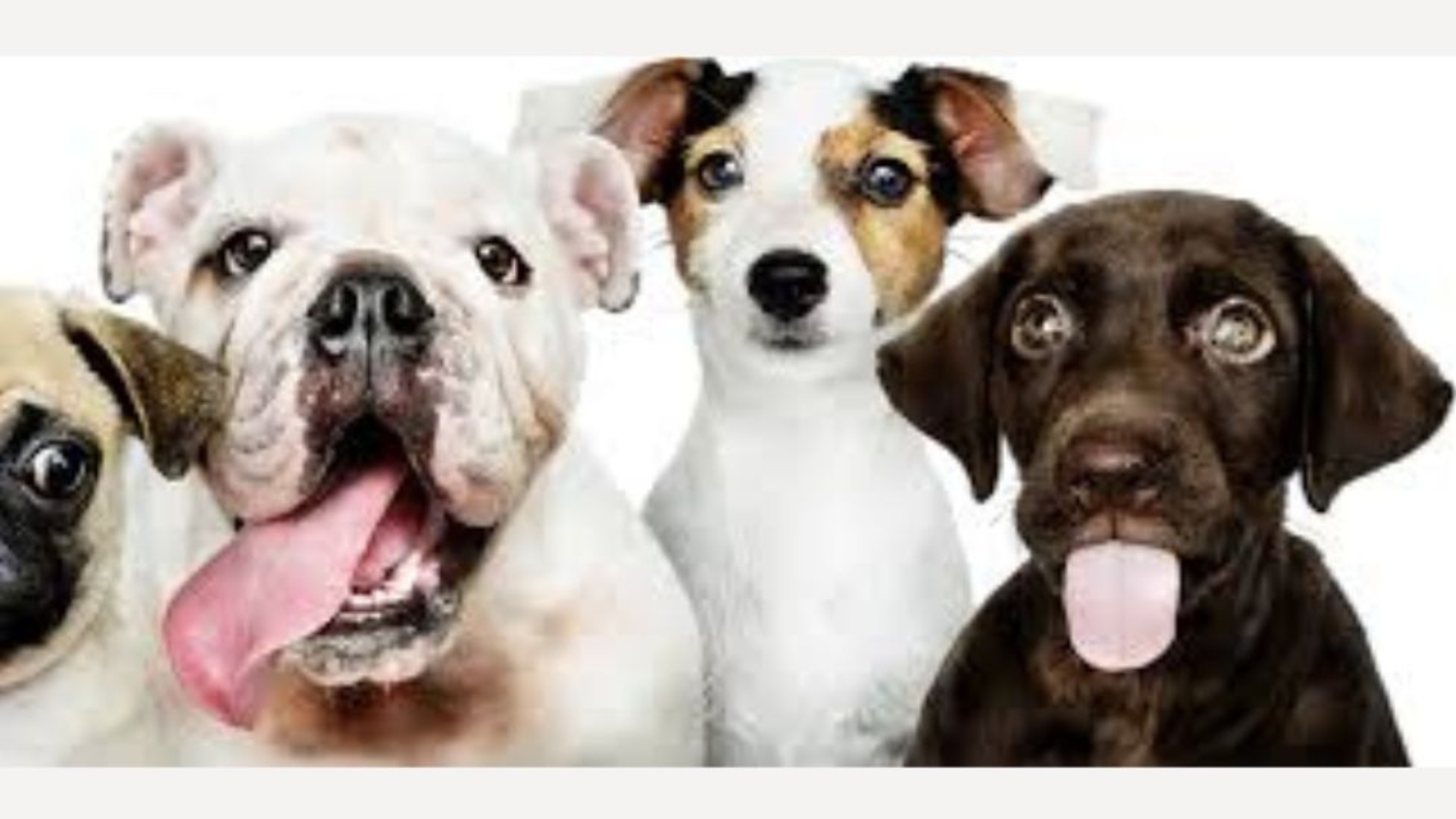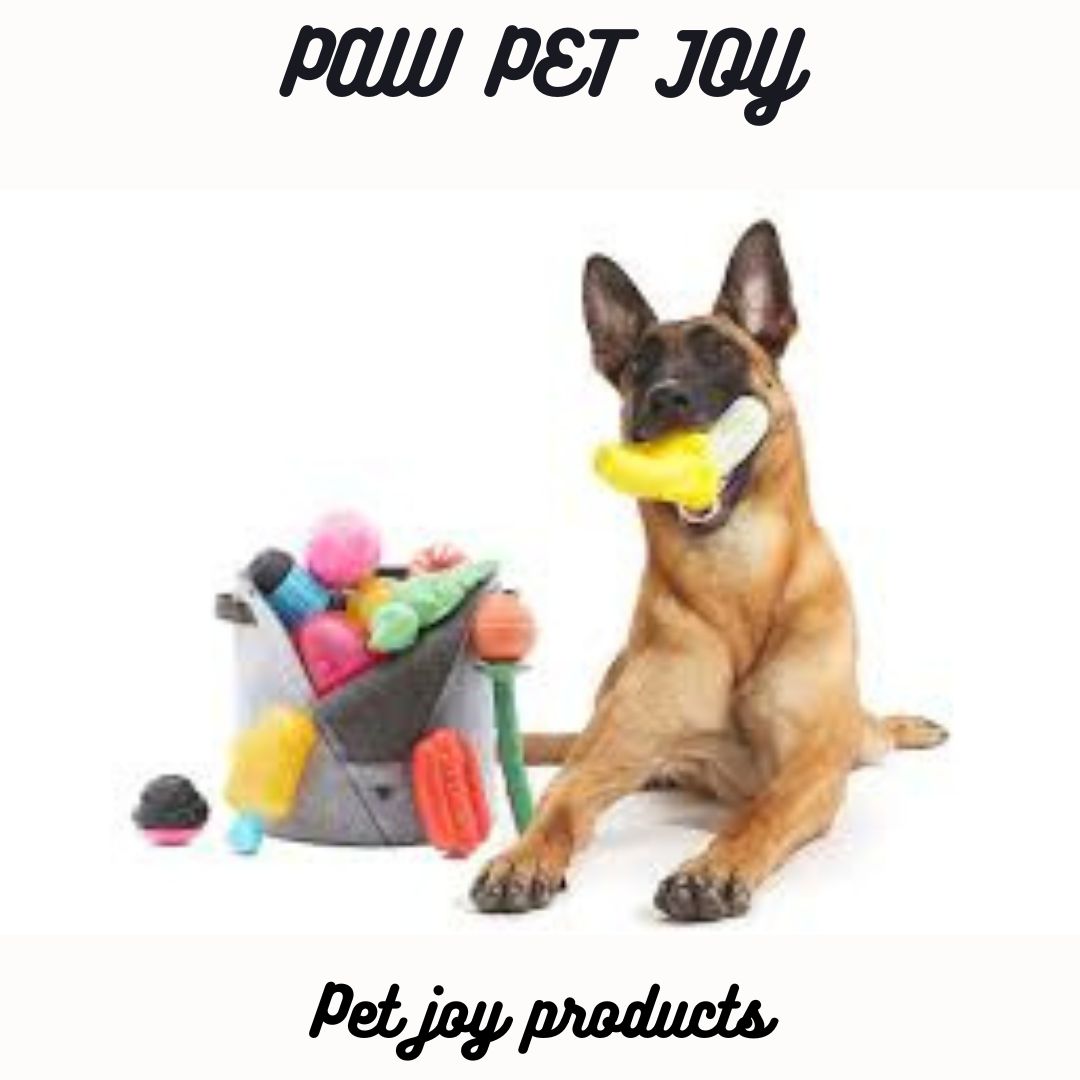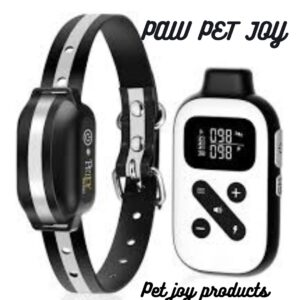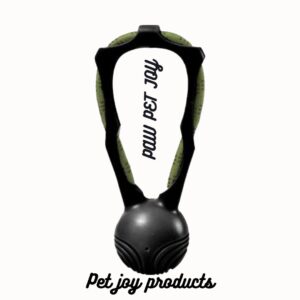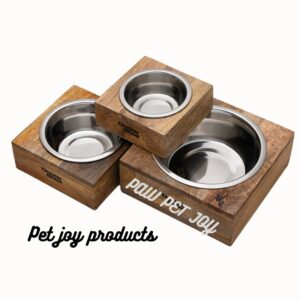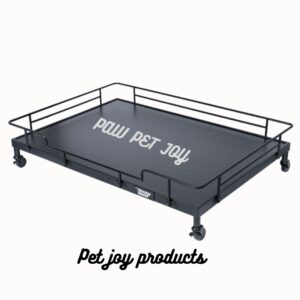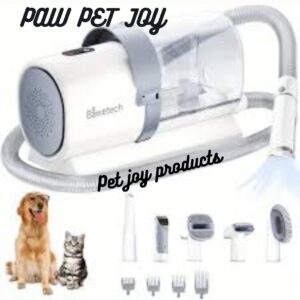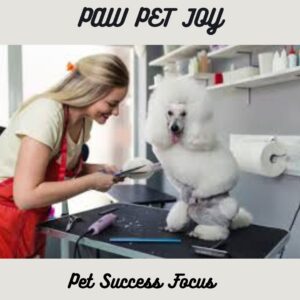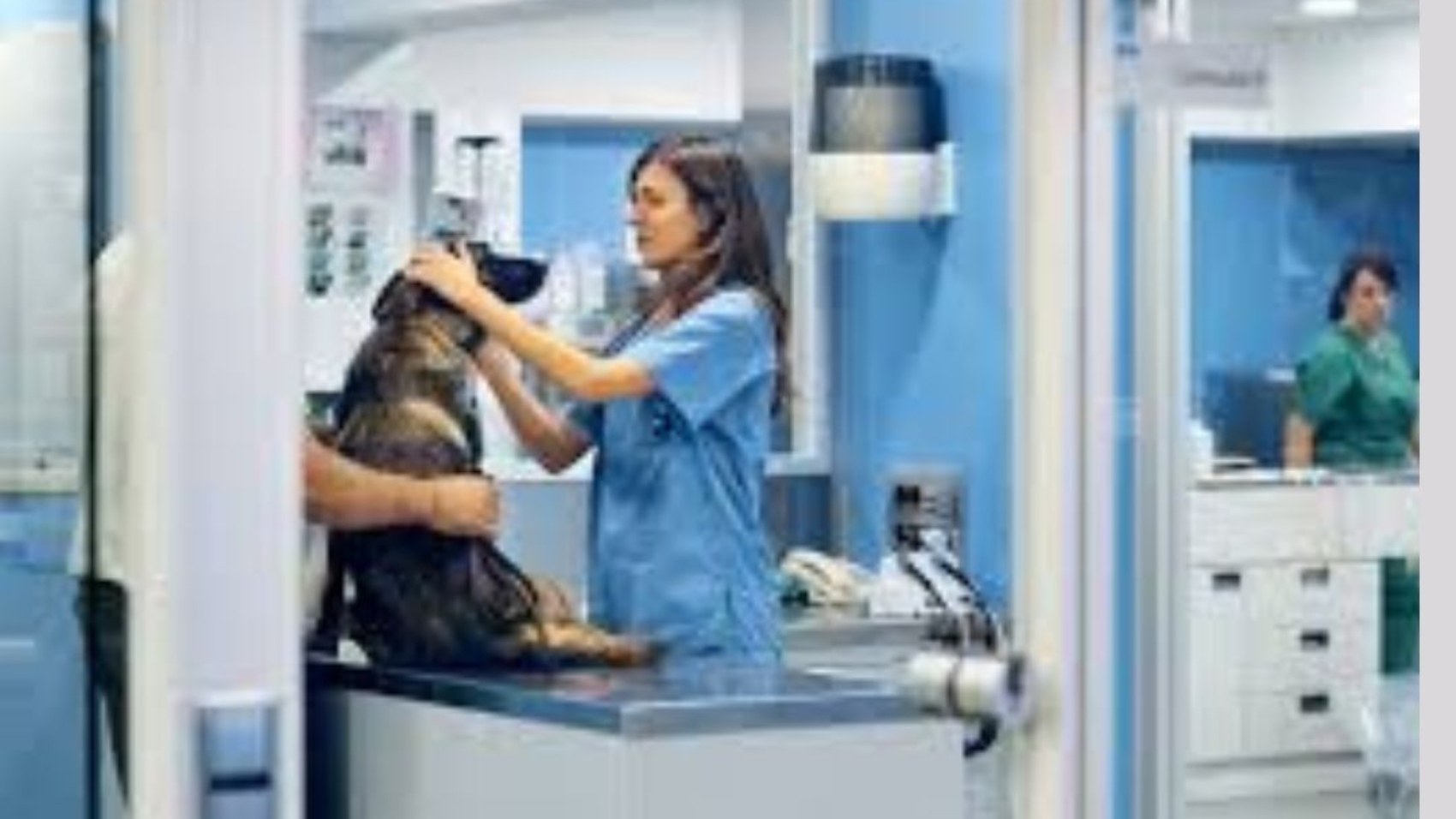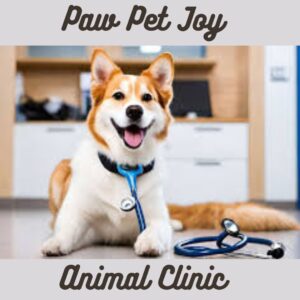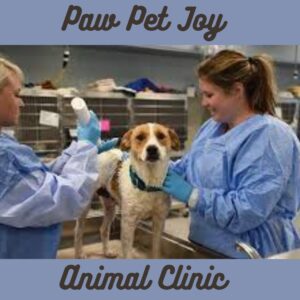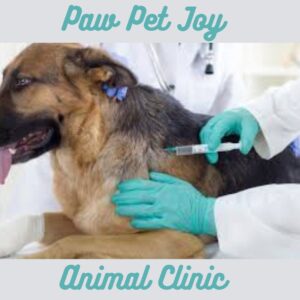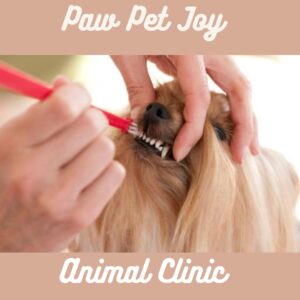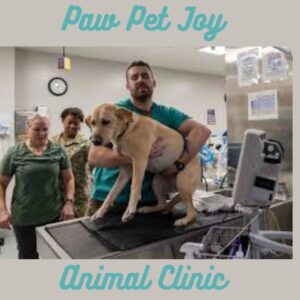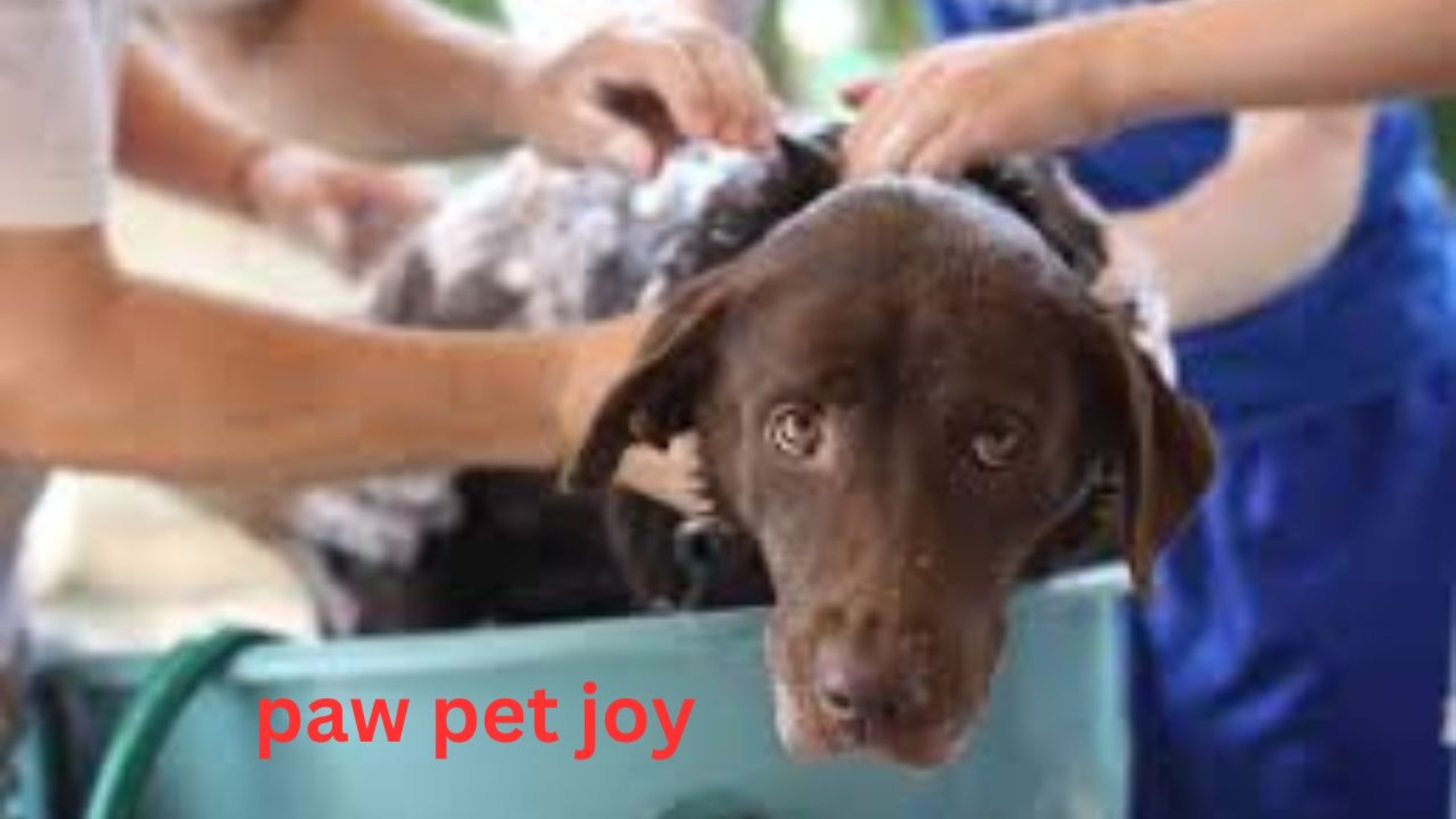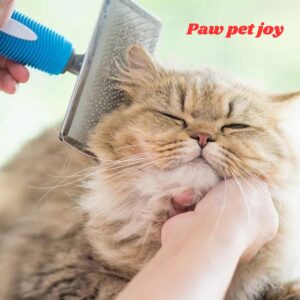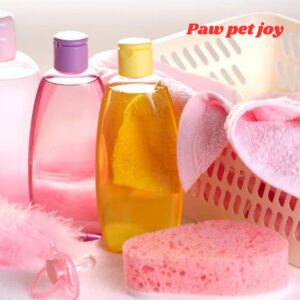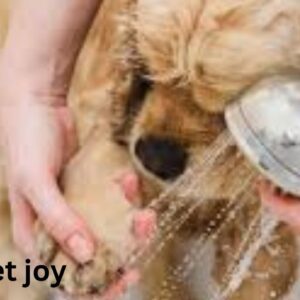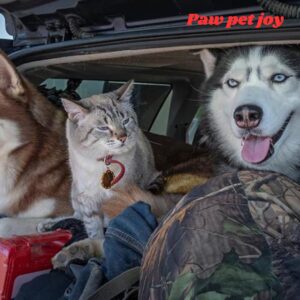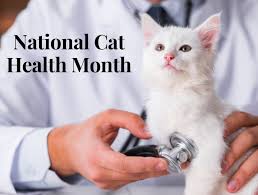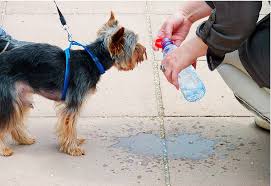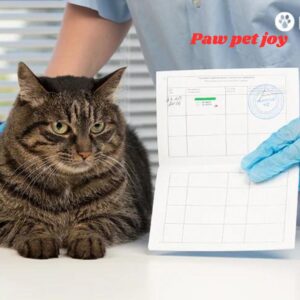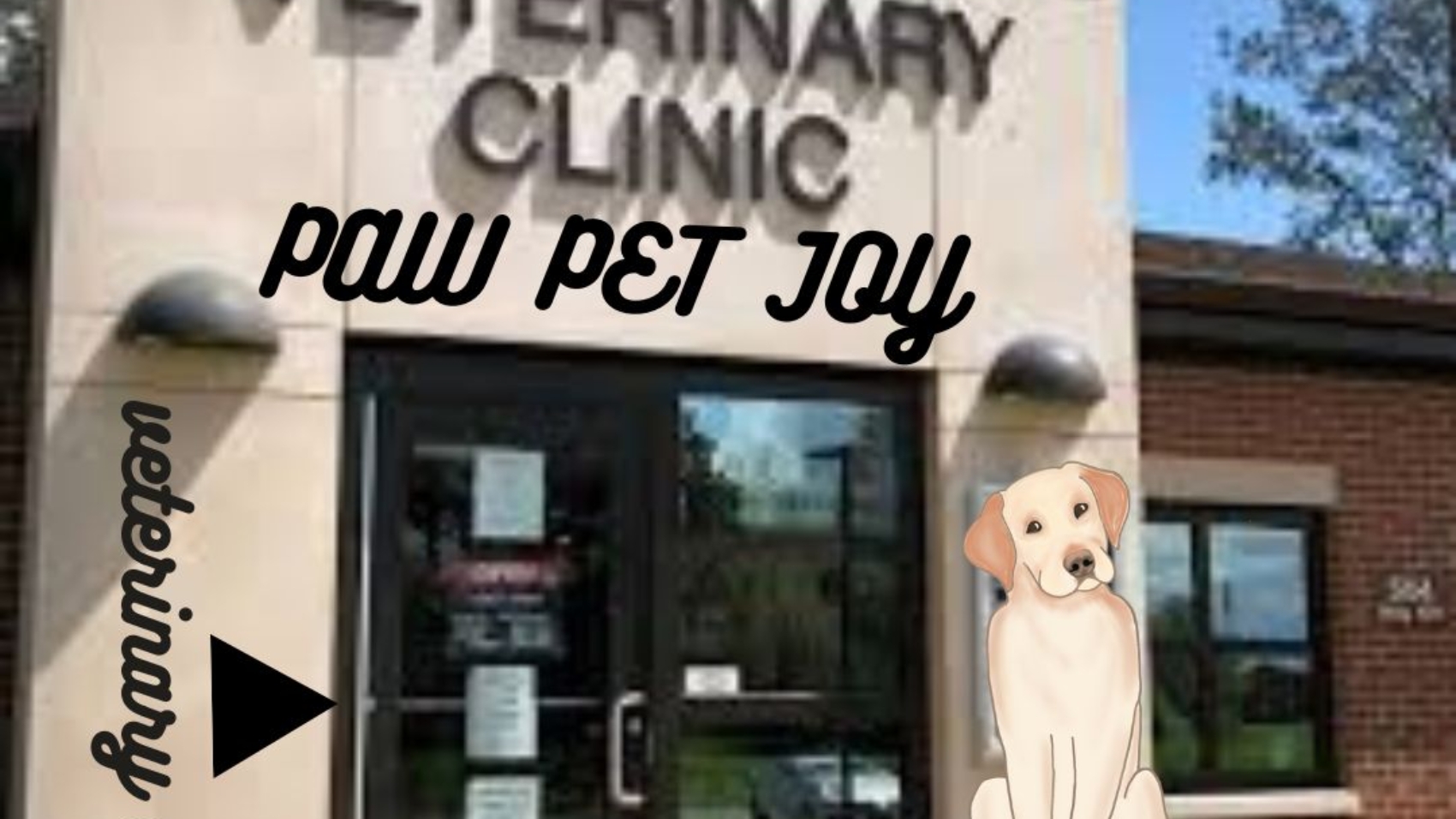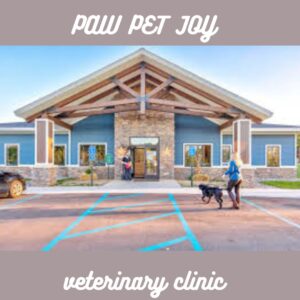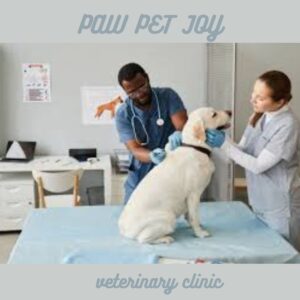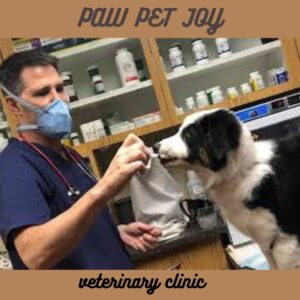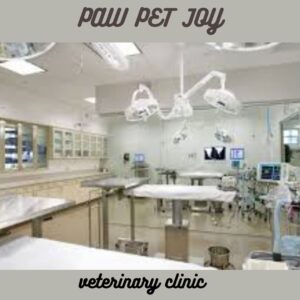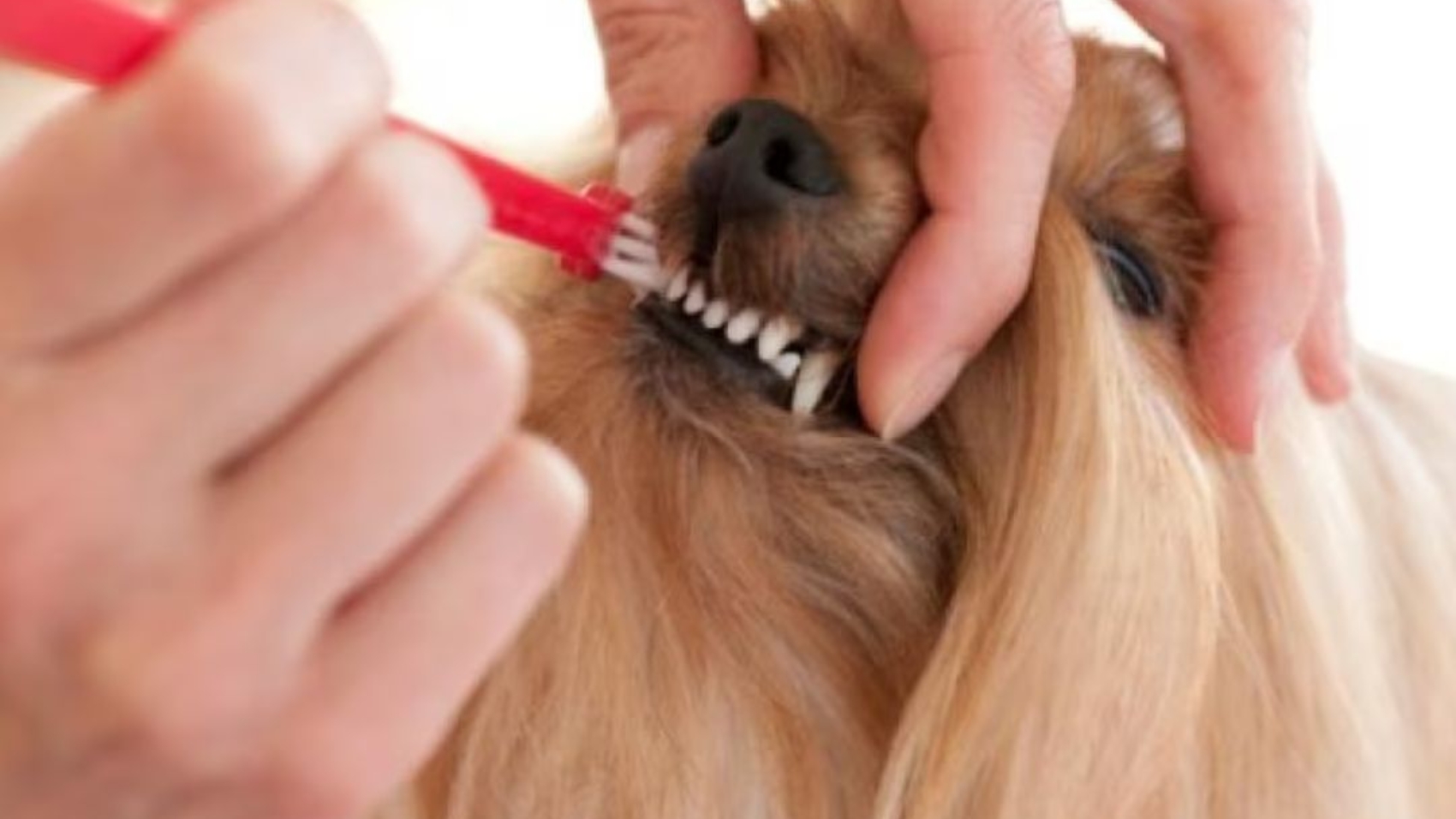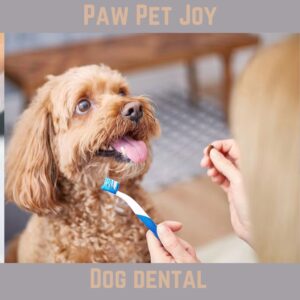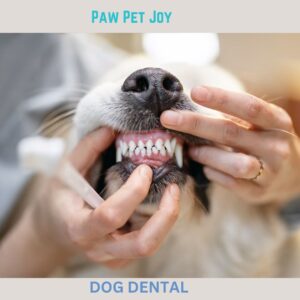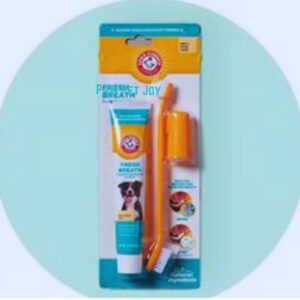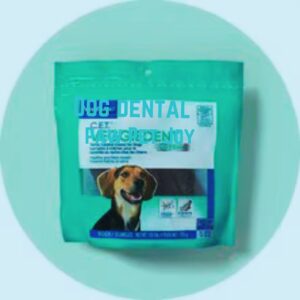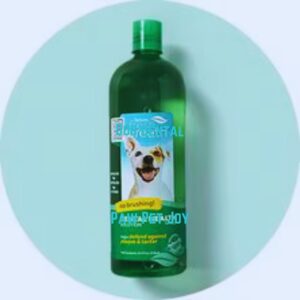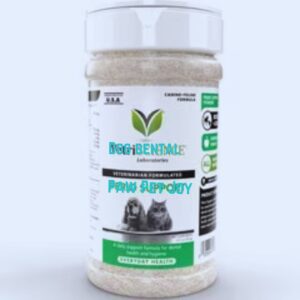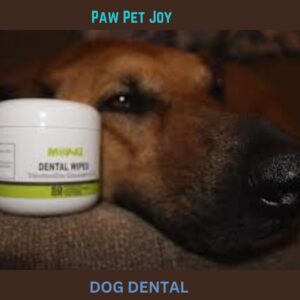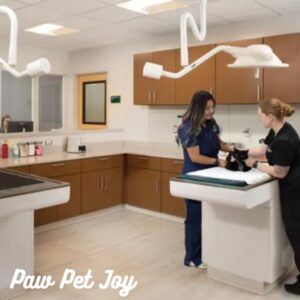Pet joy grooming will delve into the benefits of essential grooming practices, and how it contributes to the overall joy and well-being of your pet.
Introduction
Pet joy grooming a necessity for maintaining their health and happiness. “Pet joy grooming” encompasses all the practices and services that help keep pets clean, comfortable, and looking their best. With a team of experienced groomers who are passionate about animals, Pet Joy Grooming provides top-notch grooming services that cater to the individual needs of each pet. From luxurious baths and stylish haircuts to nail trims and ear cleanings, Pet Joy Grooming has everything your pet needs to look and feel their best.
But it’s not just about appearances—grooming plays a crucial role in your pet’s overall well-being. Regular grooming can help prevent skin problems, remove excess hair that can cause matting, and reduce the risk of infections. Plus, a clean and well-groomed pet is a happy pet, and at Pet Joy Grooming, we understand the importance of making sure your pet companion feels their best both inside and out. So why wait? Treat your pet to a day of pampering at Pet Joy Grooming and see the difference it can make in their happiness and health.
- The Importance of Pet Joy Grooming
- Benefits of Regular Grooming
- Variety of Grooming Services Offered
- Essential Grooming Practices
- The Role of Professional Grooming Services
- Tips for a Positive Grooming Experience
The Importance of Pet Joy Grooming
- Health Benefits
Regular grooming is crucial for your pet’s health. It helps in the early detection of health issues, such as skin infections, parasites, and abnormalities in their coat or skin. A clean and well-groomed pet is less likely to suffer from skin irritations or infections, which can be uncomfortable and harmful.
- Emotional Well-being
Grooming isn’t just about physical cleanliness; it also contributes to a pet’s emotional well-being. Regular grooming sessions can be a bonding experience between you and your pet, reinforcing trust and love. Moreover, pets feel more comfortable and relaxed when they are clean and free of tangles or mats.
- Enhances Appearance
A well-groomed pet is a happy pet. Regular grooming sessions ensure that your pet’s coat is free from tangles and mats, their nails are trimmed, and they look their best. This not only makes them more comfortable but also enhances their appearance, making them look clean and well-cared-for.
Benefits of Regular pet joy Grooming
Regular grooming is essential for maintaining the overall health and well-being of your beloved pet. There are numerous benefits to scheduling regular grooming appointments for your pet, whether they have a long, silky coat or short hair.
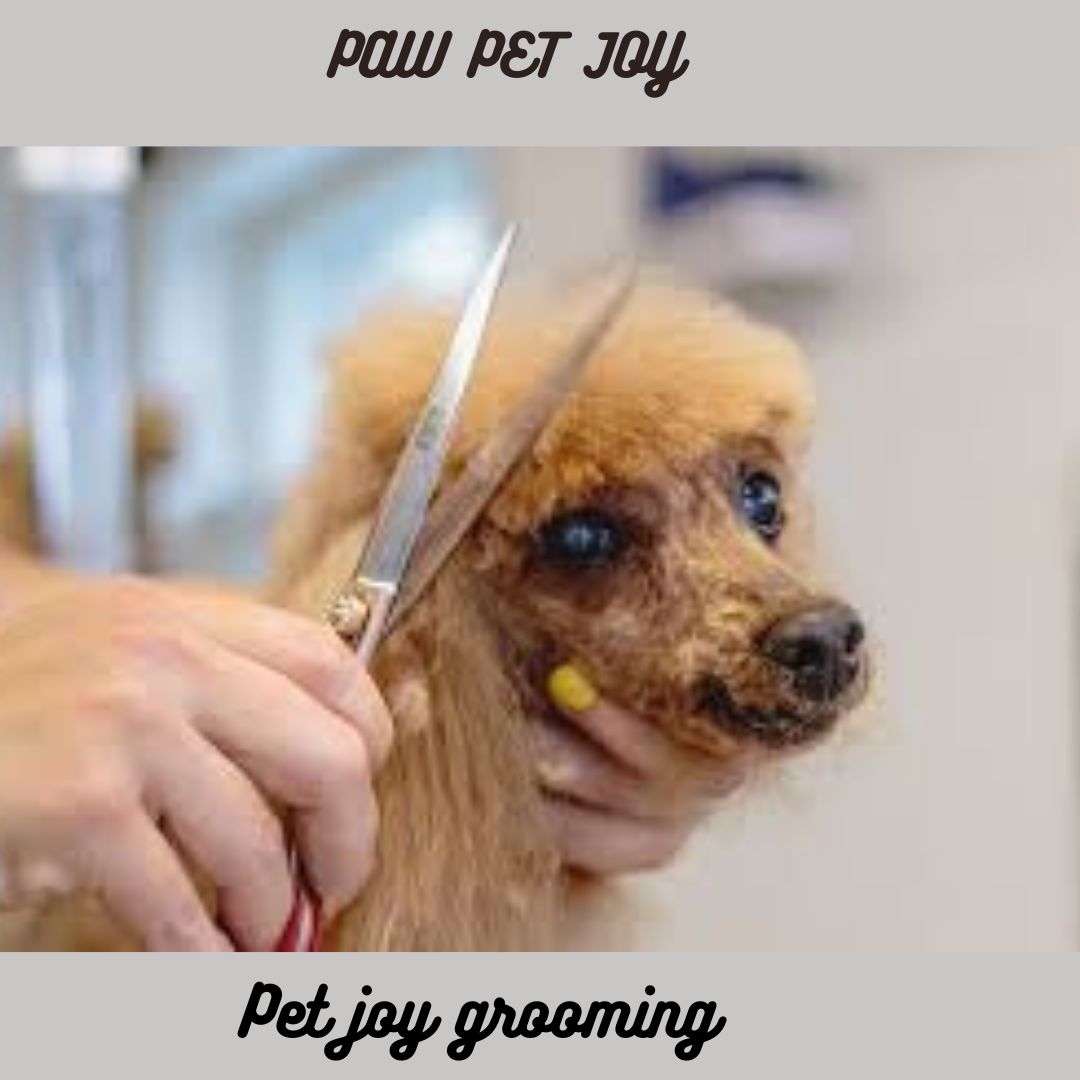
One of the most obvious advantages of regular grooming is the maintenance of your pet’s appearance. Grooming helps to prevent matting, tangles, and knots in your pet’s fur, which can be uncomfortable and even painful for them. By keeping their coat clean and well-kept, you not only improve their aesthetic appeal but also ensure that they are comfortable and happy.
Regular grooming also helps to prevent skin issues and infections. When your pet’s coat becomes dirty or matted, it can create the perfect environment for bacteria and parasites to thrive. Grooming helps to keep your pet’s skin clean and free of debris, reducing the likelihood of skin irritations and infections. This is especially important for pets with long hair, as their thick coats can easily trap dirt and bacteria.
In addition to maintaining their appearance and skin health, regular grooming can also have a positive impact on your pet’s overall well-being. Grooming sessions provide an opportunity for you to check for any lumps, bumps, or other abnormalities that may indicate an underlying health issue. Catching potential health problems early can significantly improve the prognosis for your pet.
Grooming can help to reduce shedding in pets with long or thick coats. Regular brushing helps to remove loose fur, preventing it from ending up all over your furniture and clothes. This not only keeps your home cleaner but also reduces the likelihood of your pet developing hairballs from grooming themselves excessively.
Regular grooming appointments also allow professional groomers to maintain your pet’s nails at a healthy length. Overgrown nails can cause pain and discomfort for your pet, as well as potentially leading to joint issues. Keeping your pet’s nails trimmed regularly helps to prevent these problems and ensures that your pet can walk and run comfortably.

Regular grooming can improve the bond between you and your pet. Grooming sessions provide a time for you to bond with your pet, giving them your undivided attention and showing them love and care. This can help to strengthen the bond between you and your furry friend, leading to a happier and healthier relationship overall.
Regular grooming is crucial for maintaining your pet’s happiness and health. From keeping their coat free of mats and tangles to preventing skin issues and infections, grooming plays a vital role in your pet’s overall well-being. At Pet Joy Grooming, we strive to provide top-notch grooming services that will keep your pet looking and feeling their best.
Variety of Grooming Services Offered
At Pet Joy Grooming, we understand that every pet is unique and deserves personalized care. That’s why we offer a variety of grooming services to meet the specific needs of your pet. Our trained groomers are skilled in a range of techniques to ensure your pet not only looks great but also feels their best. One of the most popular services we offer is the basic bath and brush. This service includes a gentle shampoo and conditioning treatment to leave your pet’s coat clean and shiny. Our groomers will also carefully brush out any tangles or mats, leaving your pet’s fur soft and smooth. A refreshing blow dry will complete the look, leaving your pet feeling fresh and clean.
For pets with longer hair, we offer a full grooming package that includes a haircut. Our groomers are skilled in a variety of styles and can work with you to determine the best look for your pet. Whether your pet needs a simple trim or a more intricate cut, we can ensure they look their best.
In addition to basic grooming services, we also offer specialty treatments to address specific needs. Our deseeding treatment is perfect for pets with heavy shedding, helping to reduce the amount of fur that ends up on your furniture and clothing. We also offer nail trimming and ear cleaning to keep your pet looking and feeling their best.
For pets with sensitive skin, we offer a variety of hypoallergenic products to ensure a gentle and soothing grooming experience. Our groomers are trained to work with anxious or nervous pets, providing a calm and relaxing environment to help them feel at ease during their grooming appointment.
At Pet Joy Grooming, we understand that grooming is not just about appearance – it’s also about the health and well-being of your pet. Our groomers are trained to look for signs of skin issues, pests, or other potential health concerns. If we notice anything out of the ordinary, we will bring it to your attention and can recommend next steps for proper care.
Essential pet joy Grooming Practices
- Brushing and Coat Care
Different pets require different levels of brushing depending on their coat type. Regular brushing helps remove loose hair, prevents matting, and distributes natural oils throughout the coat, keeping it shiny and healthy. For pets with long hair, brushing can be a daily necessity, while short-haired pets may need it less frequently.
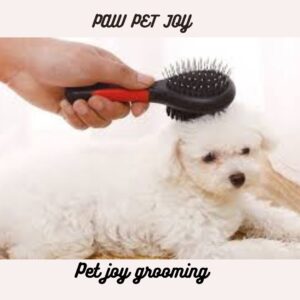
- Bathing
Bathing your pet is essential to remove dirt, debris, and odors. The frequency of baths depends on the pet’s lifestyle and coat type. Always use pet-specific shampoos to avoid skin irritation. Bathing also provides an opportunity to check for unusual lumps, bumps, or parasites.

- Nail Trimming
Overgrown nails can be uncomfortable and even painful for pets. Regular nail trimming prevents issues such as ingrown nails and helps maintain proper paw health. It is important to use the correct tools and techniques to avoid causing injury to the pet.
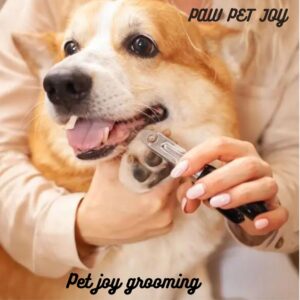
- Ear and Teeth Cleaning
Keeping your pet’s ears and teeth clean is vital for preventing infections. Regular ear cleaning can prevent the build-up of wax and debris, which can lead to infections. Dental hygiene is equally important; brushing your pet’s teeth and providing dental treats can help prevent periodontal diseases.
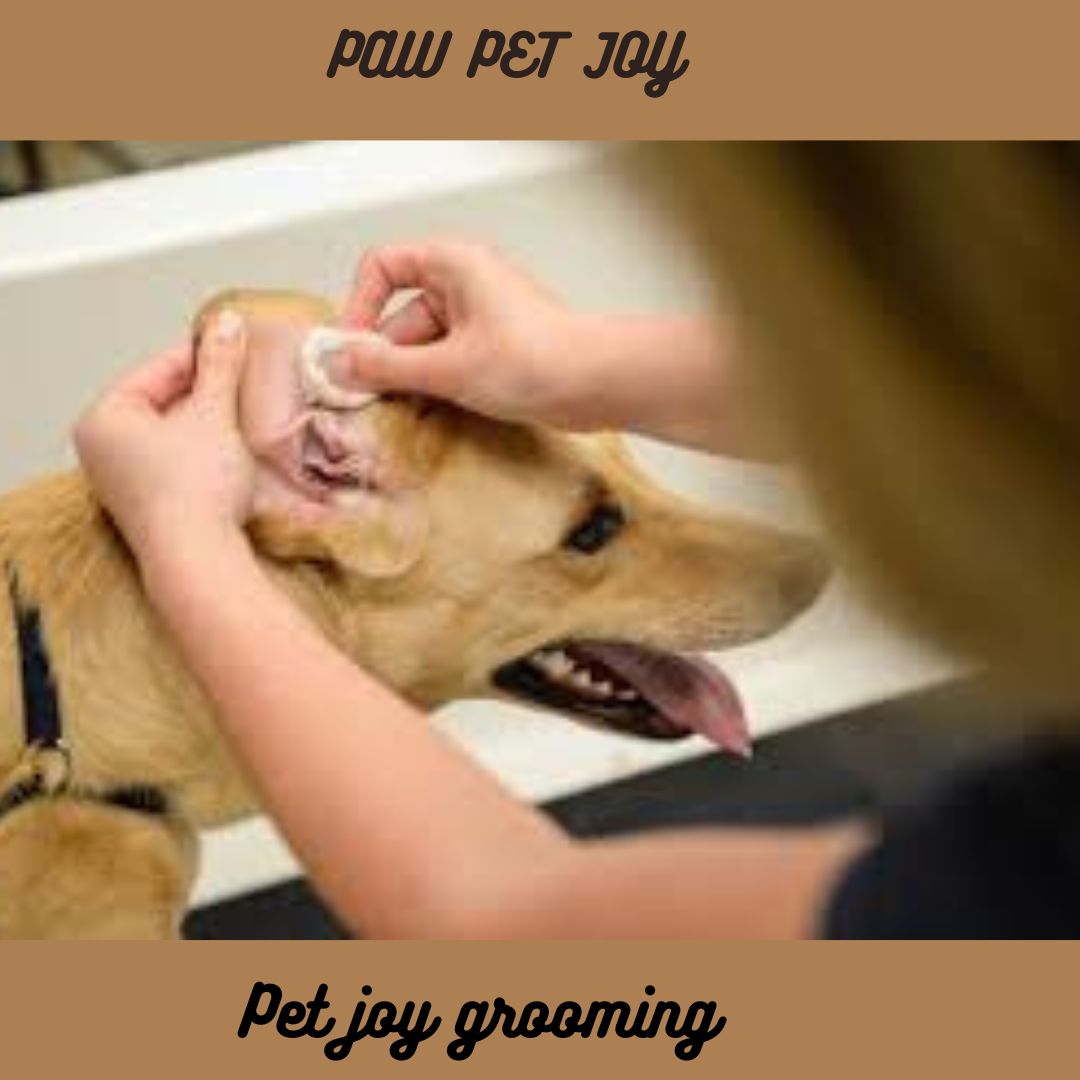
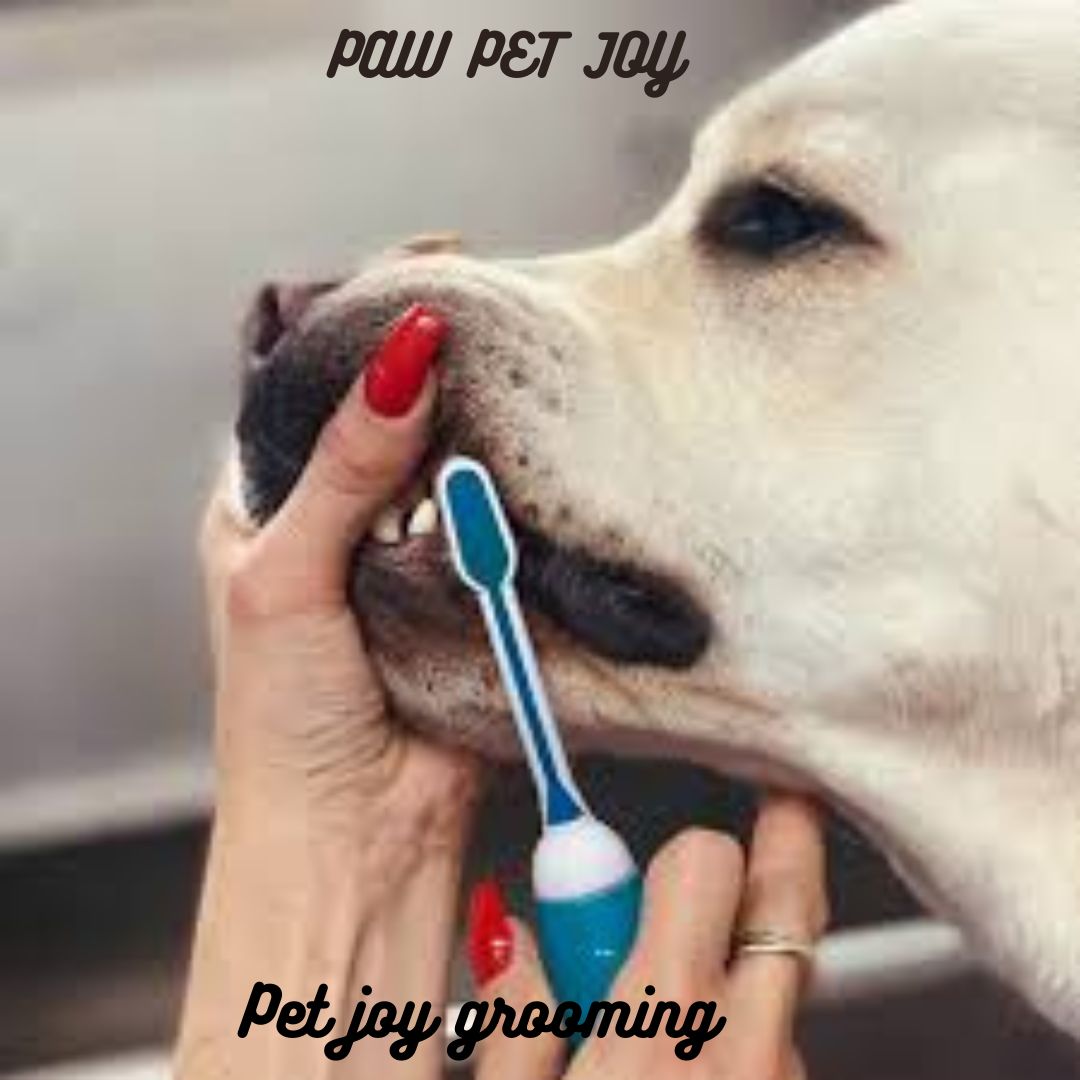
The Role of Professional pet joy Grooming Services
While some pet owners prefer to groom their pets at home, professional grooming services offer specialized care that can be challenging to provide at home. Professional groomers are trained to handle pets of all temperaments and can provide services such as haircuts, styling, and thorough health checks. They have the right tools and expertise to ensure a stress-free grooming experience for your pet.
Tips for a Positive pet joy Grooming Experience
- Start Young
Introducing grooming practices to your pet at a young age helps them become accustomed to the process. Young pets are more adaptable and can learn to enjoy grooming sessions as part of their routine.
- Use Positive Reinforcement
Reward your pet with treats and praise during and after grooming sessions. This positive reinforcement helps create a positive association with grooming.
- Be Patient and Gentle
Grooming should be a gentle and calm experience. Being patient and gentle helps reduce stress and anxiety in pets, making the process more enjoyable for both of you.
Frequently Asked Questions (FAQs) About Pet Joy Grooming
- How often should I groom my pet?
The frequency of grooming depends on your pet’s breed, coat type, and lifestyle. Generally, dogs with long hair need grooming more frequently than short-haired breeds. Cats may require less frequent grooming, but regular brushing is still important.
- Can I groom my pet at home, or should I visit a professional groomer?
You can groom your pet at home, especially for basic tasks like brushing and bathing. However, professional groomers offer specialized services and are trained to handle more complex grooming needs. Regular visits to a groomer are recommended for haircuts and thorough grooming.
- What should I do if my pet is afraid of grooming?
If your pet is fearful of grooming, try to make the experience as positive as possible. Use treats, praise, and a calm environment. Gradually introduce grooming tools and sessions to help them acclimate. If necessary, consult with a professional groomer or a veterinarian for advice.
- What are the signs that my pet needs grooming?
Signs that your pet needs grooming include a dirty or matted coat, overgrown nails, bad odor, or excessive scratching. Regular grooming can help prevent these issues and keep your pet comfortable.
- Are there any health risks associated with improper grooming?
Yes, improper grooming can lead to health issues such as skin infections, matting, and discomfort. Overgrown nails can cause pain and lead to infections. Regular grooming helps prevent these problems and promotes overall health.
Key Points about Pet Joy Grooming
- Health Monitoring: Grooming allows for early detection of health issues.
- Emotional Bonding: Strengthens the bond between pet and owner.
- Professional Expertise: Professional groomers offer specialized care.
- Comfort and Hygiene: Regular grooming keeps pets comfortable and hygienic.
- Behavioral Benefits: Well-groomed pets often exhibit better behavior due to increased comfort.
Conclusion
Pet joy grooming is an essential part of pet care that goes beyond aesthetics. It plays a significant role in maintaining your pet’s health, comfort, and happiness. Whether done at home or by professionals, regular grooming is a vital practice that every pet owner should prioritize. By incorporating grooming into your pet’s routine, you ensure their well-being and enhance their joy, making every day a happy day for your beloved companion.

